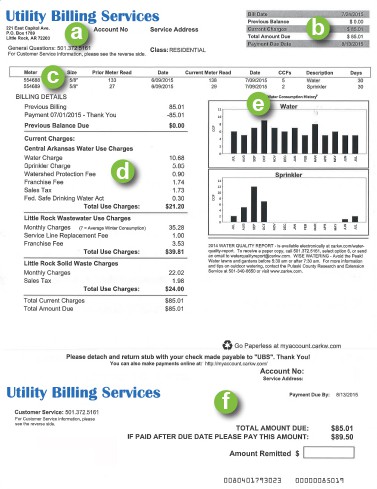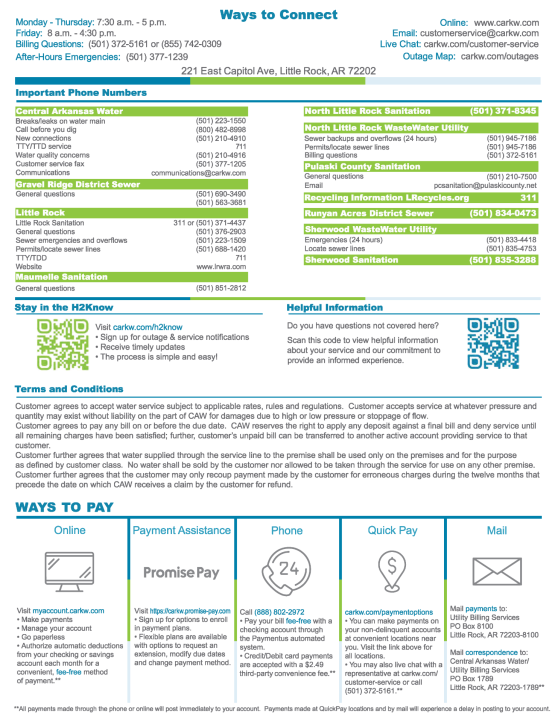Central Arkansas Water uses conventional treatment at both its water treatment plants. The treatment processes include coagulation, flocculation, sedimentation, filtration, and disinfection. Raw water from Lake Winona and Lake Maumelle flows to the Ozark Point Treatment Plant and the Jack H. Wilson Treatment Plant.
The water first enters the treatment plants at flash mixing chambers, where the coagulant aluminum sulfate (alum) is added for particle removal, and lime is added for pH adjustment. Activated carbon is added seasonally for taste and odor control. Water then flows to the flocculation basins where the water and chemicals are gently mixed to form “floc”, which consist of agglomerations of suspended particles such as silt, bacteria, and algae. The water then flows into sedimentation basins where most of the “floc” settles out and is removed from the water. The water then flows downward through filters of sand and anthracite where any remaining “floc” particles are removed. Before and after filtration, chlorine is added for disinfection.
Finally, fluoride is added for the prevention of cavities in children’s teeth, phosphate for minimizing corrosion in the distribution system piping, and lime for final adjustment of the water pH.

